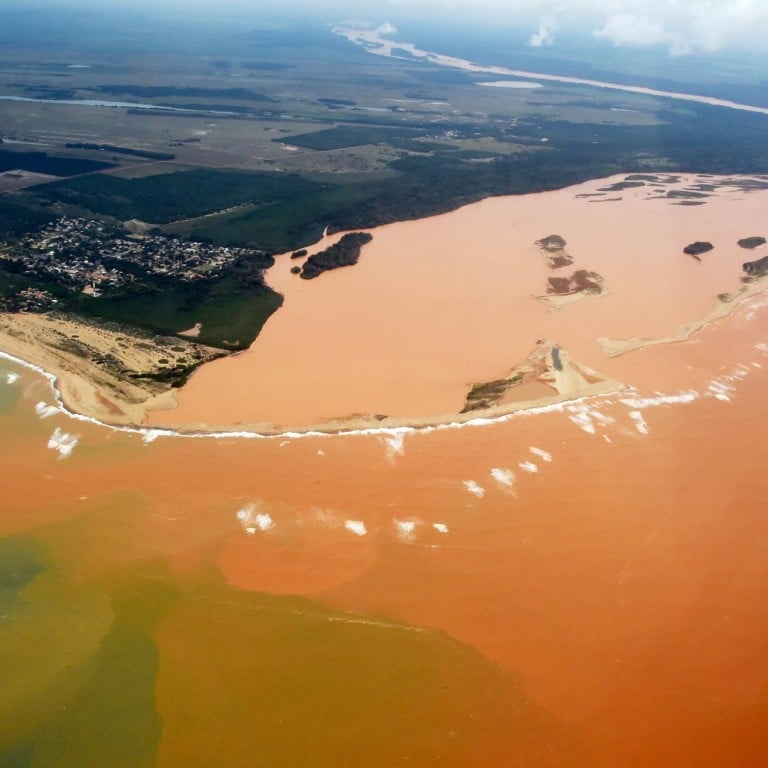
Rio Dolce disaster: Anger turns to rage over 'Brazilian Fukushima'
Indigenous Krenak people blockaded mining company's railway after dam released waste
Until a massive toxic mudslide wiped-out the local environment two weeks ago, the natural habitat of the Krenak indigenous people was the shores of the Rio Doce ("Sweet River" in Portuguese ).
"We fished here, we swam here, we prayed here. The river was our life", said Shirley Krenak, 36, a tribe leader, as she showed dozens of dead fish and shrimps floating in the brown tide of mud in the district of Resplendor .
In a desperate and powerful demonstration, replicated since then by other groups, 350 tribe members moved their homes from the fertile slopes to the tracks of the Brazilian mining company Vale's private railway in the region.
"The environmental destruction has sparked a 'fair war' against Vale", argued Shirley, while children played along the Vitoria-Minas rails and armed, body-painted men from the tribe blocked intruders.
After four days of blockade and intense negotiations, Vale - which exports billions of dollars of minerals to China through this 660km railway - and the Krenak reached a deal to open the route. The world's largest iron-ore producer agreed to supply the natives with drinking water and clean up the river, a promise received with mistrust by the Krenak.
"We will fight until the end for our river," Shirley said. "We want a total restoration of it, and if Vale fails to do so, we will again occupy the rails."
Vale refused to say if its mineral deliveries to China were impacted by the action. The river was heavily polluted by 60 million cubic metres of waste water released when two dams collapsed on November 5 at an iron-ore mine property of mining company Samarco, which is equally owned by Vale and its Australian partner BHP Billiton in Minas Gerais.
Authorities have described the toxic mudslide as "the worst environmental disaster in Brazil's history", and some local biologists have labelled it a "Brazilian Fukushima".
Many questions remain unanswered about the accident. What caused the dams to collapse will only be known in six months, Samarco has argued. But some already blame Vale for its aggressive strategies towards cost reduction and boosting production rates to increase the company's share in China's iron-ore market.
The Brazilian giant already supplies 13 per cent of China's consumption but it plans to double its iron-ore exports there by 2019. In May, during Chinese premier Li Keqiang's visit to Brazil, the Industrial and Commercial Bank of China (ICBC) reached an agreement with Vale to provide an additional US$4 billion of financing to dramatically increase production.
The accident, which caused at least 11 deaths and has left 12 people missing, is currently a threat to the rich environment of the region and to the sustainability of economical sectors that rely on its water to farm or to produce paper from eucalyptus trees .
This scenario of long-term consequences has triggered protests from other groups of fishermen and even local politicians, which have also targeted Vale's railway to unleash their anger.
Neto Barros, mayor of Baixo Guandu, a town of 25,000 residents, 65km downstream from the Krenak camp, led a five-hour interruption of the railway line that carries the iron-ore from the mines to the port of Vitoria .
"We export 90 per cent of our iron ore and import steel. We get the environmental impact, while the mining company gets billions in benefits which are taxed in Switzerland", said the politician, a member of the Brazilian Communist Party.
